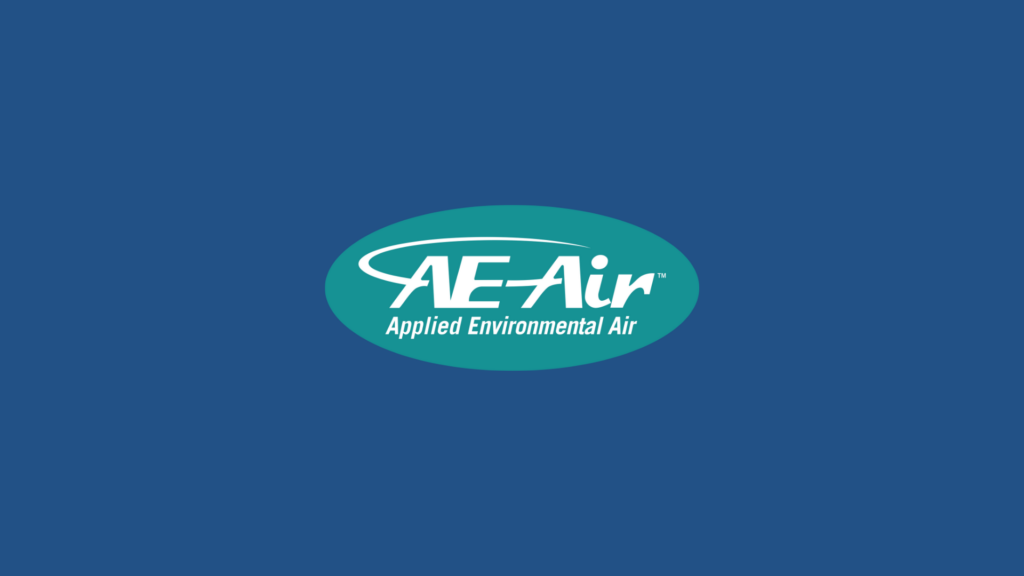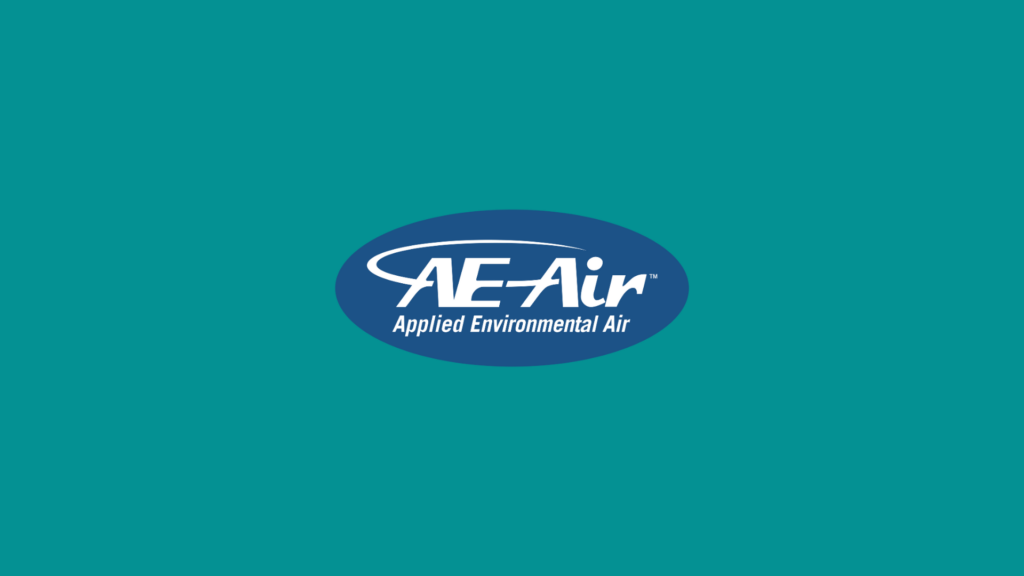Ceiling standard HVAC units often take a backseat in everyday thinking until something goes wrong. These hidden heroes work quietly above us, ensuring optimal temperatures while going mostly unnoticed. However, when they start acting up, it’s crucial to identify the performance issues quickly. Recognizing the symptoms early can save a lot of time and hassle for developers, engineers, and architects working on large projects. If these units are not functioning properly, it can lead to a host of problems, from inefficient climate control to unexpected spikes in energy bills, all of which can disrupt work processes.
Understanding the common performance issues in these systems can help address problems before they escalate. Perhaps one of the most obvious signs of an issue is a strange noise emanating from the unit, such as banging or squealing sounds that suggest something is not right. Likewise, a room that never seems to maintain a consistent temperature might indicate that something needs attention. In this section, we’ll delve into some typical symptoms and what they might mean for your system.
Common Symptoms of Performance Issues
1. Unusual Noises: One of the first signs that an HVAC unit might be experiencing trouble is the presence of unusual noises. These can range from banging to hissing or rattling sounds. Each type of noise could point towards a different issue, such as loose components or airflow obstructions.
2. Inconsistent Temperature Control: When a unit fails to keep a consistent temperature, it may signal issues with the thermostat or system calibration. This inconsistency not only makes spaces uncomfortable but can also lead to increased energy consumption as the unit works harder to maintain the desired temperatures.
3. Increased Energy Bills: A sudden spike in energy costs often suggests inefficiencies in the HVAC system. This could be due to overworking components as they try to compensate for underlying malfunctions or because the system needs routine maintenance, such as filter cleaning or replacing.
4. Poor Airflow: Reduced airflow or weak air pressure from the vents usually indicates blockage or duct issues. Poor airflow can make rooms hotter in summer or colder in winter than desired, prompting building occupants to adjust settings constantly, which can add strain to the system.
Recognizing these symptoms allows professionals to take timely action. It’s much like noticing a car’s check engine light—catching these signs early can help prevent major issues before they arise. Each symptom gives a clue into what might be wrong, and understanding them is the first step to resolving performance issues.
Diagnosing the Causes
After spotting these symptoms, the next step is to identify their root causes. Several common issues can lead to the problems experienced in ceiling standard HVAC systems. Dirt is a major culprit. Dirty or clogged filters can drastically reduce airflow, leading to temperature inconsistencies and increased workload on the unit. It’s essential to check filters regularly and replace them to ensure the smooth function of your HVAC units.
Refrigerant leaks are another frequent issue. A leak may reduce the unit’s ability to cool air effectively, causing uneven temperature control and higher energy bills. Identifying a refrigerant leak requires careful inspection, and it’s best left to professionals who can accurately measure pressure levels and ensure proper handling.
Faulty thermostats also present problems, as they can fail to communicate correct temperature settings to the unit. This can result in rooms that are too hot or too cold. Checking the thermostat’s settings and wiring can sometimes solve the issue, but if the problem persists, a replacement might be necessary.
Lastly, the age and condition of the components significantly affect unit performance. Older units might have worn-out parts, which can hinder functioning. Regular maintenance checks can catch these aging components before they lead to larger issues.
Steps for Troubleshooting
Before calling in professionals, there are several troubleshooting steps you can take to check your HVAC unit:
– Conduct a Visual Inspection: Start by observing the unit carefully for any obvious issues like visible dirt, debris, or damage.
– Check and Replace Filters: If the filters are clogged or dirty, replacing them may resolve airflow issues and temperature inconsistencies.
– Examine Thermostat Settings and Wiring: Ensure the thermostat is set correctly and that the wiring is intact and secure. Misconfigured settings can often lead to perceived performance problems.
– Inspect Ductwork for Leaks or Blockages: Phantom problems might originate from ductwork. A quick check for obvious blockages or visible leaks can often pinpoint where issues arise.
Simple checks and minor adjustments can sometimes fix performance issues. However, if symptoms persist, you might need a professional to take a deeper look.
When to Call Professionals
Sometimes, no amount of troubleshooting will solve an issue, and that’s when it becomes necessary to call in the experts. Certain scenarios demand professional intervention, especially if the problem is recurring or if there’s a suspected refrigerant leak. Professionals have the tools and knowledge to diagnose nuanced issues and ensure your system is running efficiently and safely.
Professional maintenance and repair services offer a level of expertise and experience that guarantee solutions are not only effective but also long-lasting. Engaging with HVAC professionals allows for proper handling of intricate components, which can prevent further damage and inefficiencies.
The expertise and peace of mind offered by a professional service cannot be overstated. Complexity in diagnosing and fixing the inner workings of HVAC systems is best managed by those with comprehensive training and experience, ensuring that your ceiling standard units work effectively when they’re needed most.
Keeping Your Units in Top Shape
Maintaining your HVAC system requires regular care and attention. Scheduling routine professional inspections is a proactive way to avoid major breakdowns and ensure continuous operation. Regular cleaning and timely replacement of filters and components reduce wear and tear, preventing performance hitches and extending the unit’s life span.
Timely repairs are another crucial aspect. Fixing minor issues early prevents them from becoming significant problems down the road, saving both time and money. Consistent upkeep not only assures comfort and efficiency but also helps forestall unexpected failure, which can be especially problematic during critical times of use.
Proactive steps and regular maintenance ensure that ceiling standard HVAC units operate at peak efficiency, keeping environments comfortable and energy costs manageable. By staying attentive and engaging professionals when needed, you can secure a more reliable and effective HVAC system for your projects.
Keeping your HVAC systems running efficiently in large-scale construction projects can be a challenging task. For tailored solutions that meet the specific needs of HVAC for buildings, consider exploring AE Air’s comprehensive range of products. With options designed to enhance energy efficiency and optimize performance, AE Air stands ready to support your HVAC needs effectively.


